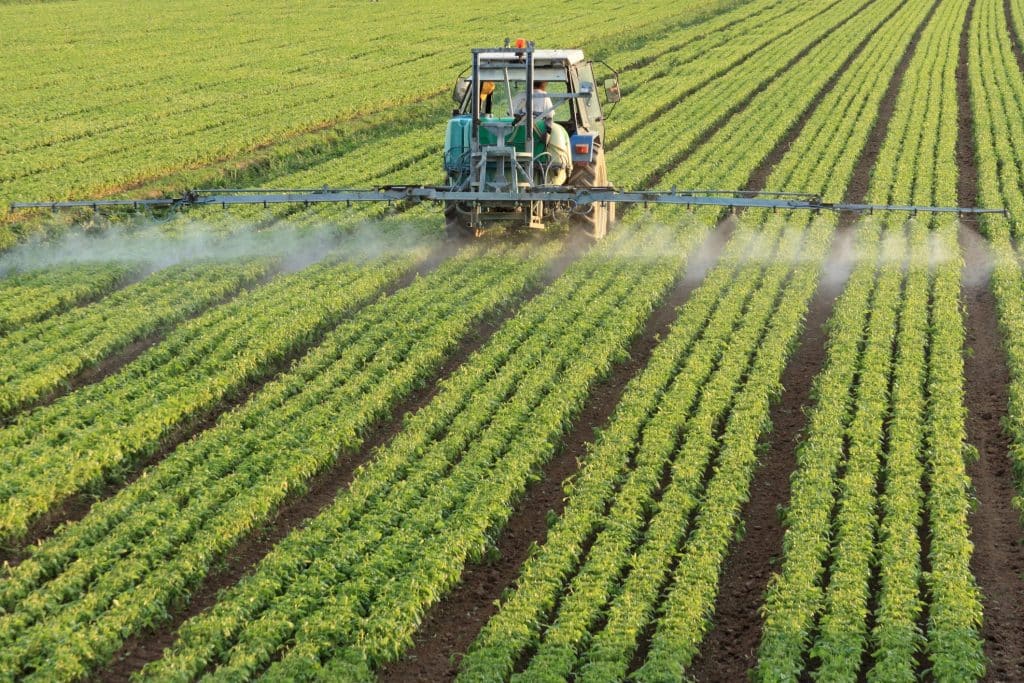In the world of crops, the dosage of fertilizers is entrusted to expert farmers, who refer to their personal experience and knowledge of vegetables.
Yet, forecasts are not always correct and optimal. In some cases, you end up using too little fertilizer, or even too much product, damaging the environment.
A new tool, a recently patented sensor, could drastically change the situation and become farmers' favorite ace in the hole. Nature and technology would truly begin to coexist, fighting for the same cause.
The sensor we are talking about is called chemPEGS (chemically functionalized paper-based electric gas sensor), designed by the Department of Bioengineering at Imperial College London. Its objective is to predict the quantities of fertilizers necessary to improve the performance of the soil in the long term.
How the idea of ChemPEGS was born

A few days ago, the magazine nature food, published an article dedicated to this revolutionary new discovery.
According to information released by the Doctor Max Grell, the co-developer of ChemPEGS, the machine works by measuring the level of ammonia present in the soil.
By combining this information with weather conditions, soil pH and the time since the last fertilization, the instrument is able to record the precise amount of nitrogen present in the soil.
In this way, it can predict how much nitrogen it will have in the next 12 days, and when it will be necessary to intervene with fertilizers.
The developers' plan is to obtain a double positive return: reducing pollution from nitrogen-based fertilizer and lowering cultivation prices.
Max Grell confirmed this in his statement, stating that: “the problem of excess fertilization is relevant from both an environmental and economic point of view. Yields and resulting income are decreasing year after year, and farmers lack the tools to combat the problem"
A new life for fertilizers
Do you want to know why it is so important to reduce the disproportionate use of nitrogen-based fertilizers? Here are some clarifications.
Excess nitrogen is responsible for the production of nitrous oxide, a gas 300 times more harmful of CO2 for the climate. Too high a quantity of fertilizers can cause serious damage to the environment, infiltrating the aquifers and reaching rivers and seas.
At the same time, tests to determine soil nitrogen levels are quite slow and expensive. Without a quick and easy-to-use means, farmers have no choice but to resort to using fertilizer (at the risk of overdoing it).
The production of chemPEGS could constitute a real revolution, a step closer to the idea of precision farming.
According to the researchers' opinion, the official version of the machine will be available on the market in approximately three to five years.
Will this be the definitive solution?


